


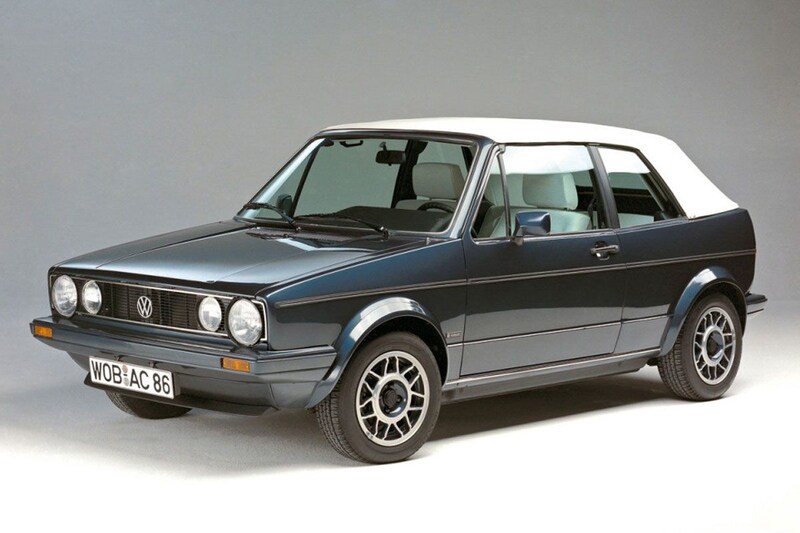
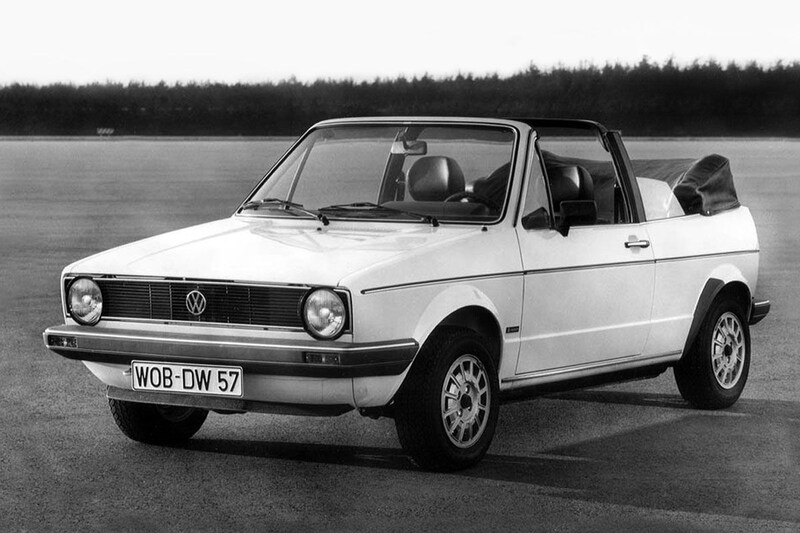
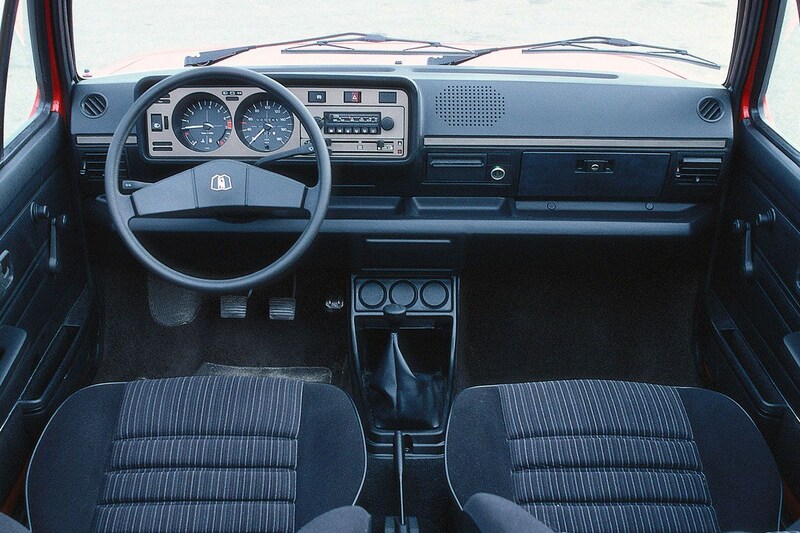

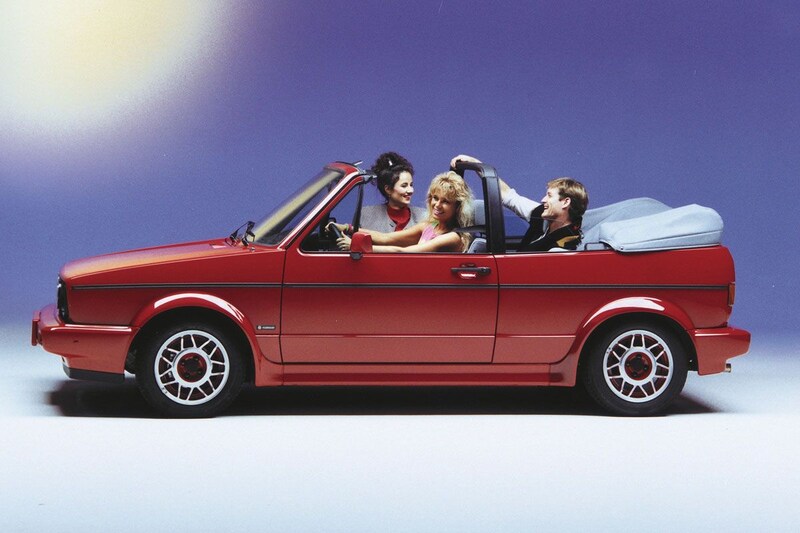
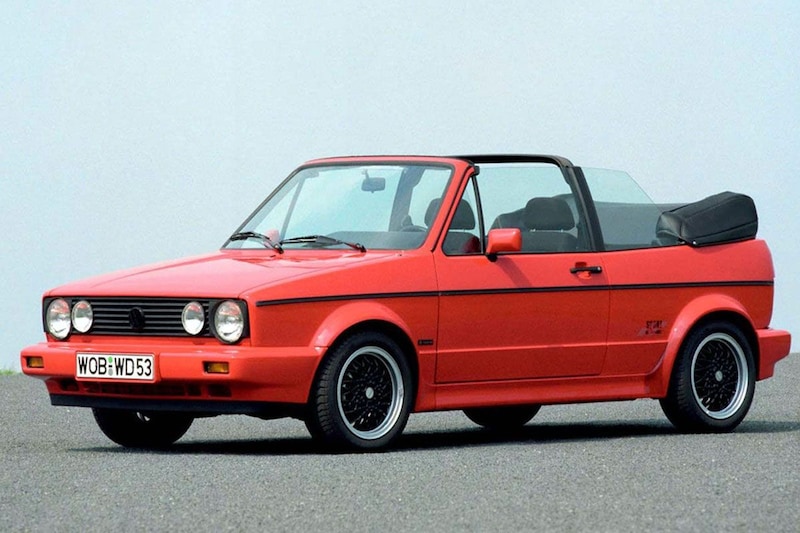
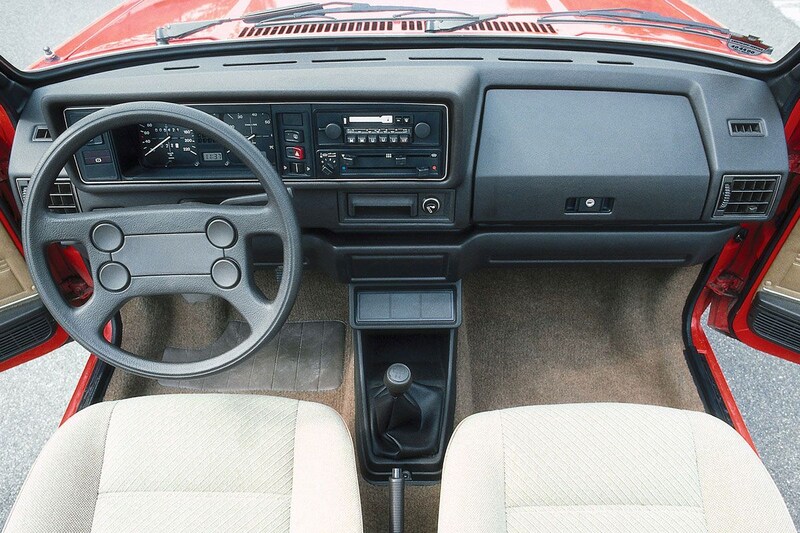
In the now quite extinct segment of “convertibles for the common people” the Volkswagen Golf has been a fixture for decades. That party started in 1979, with a first generation that, thanks to an extensive update, lasted until after the disappearance of the Golf II.
Volkswagen almost without exception grants its convertibles a special life course. Open versions of the Golf often do not appear until the end of a model’s lifecycle, only to last for an unusually long time. It happened with the last open Wave, based on the VI. However, it certainly happened with the open Golf III, which was presented in 1998 with a new nose and a modified butt as “Golf IV Cabriolet”. That rather unique event has already been discussed extensively in this section, so today we are focusing on the very first Golf Convertible.
That car was presented in 1979 as an open version of the three-door Golf, which from 1974 onwards represented a total revolution compared to the Beetle. Given the success of the open Beetle, a Convertible based on the Golf could not be missed. Signed and built by the Karmann company, the car appeared with a folding fabric hood, with a glass rear window that was very luxurious at the time. Another striking feature was the roll bar, a sturdy “handle” that had to provide the necessary strength. The element is not very beautiful, but it is certainly very characteristic. Other convertibles from the 80s and 90s also have this safety feature, such as the Opel Kadett E, the Ford Escort and the Rover 200.
A year after the release of the open Golf, the three- and five-door versions of the model were fitted with a set of considerably larger rear light units. Since Volkswagen already knew that in 79, it is remarkable that the Cabrio did not immediately get these taillights. However, that never happened, but that is only the beginning of a series of remarkable things. For example, the Golf I gave way to a completely new second generation in 1983, while the Cabrio was only on the market for a few years at the time. The model lived on throughout the life course of the second wave.
In 1988, nearly a decade after its unveiling, the model was first extensively reviewed. The biggest innovation took place at the bumpers. The somewhat old-fashioned, black “beams” gave way to smooth, larger body-colored shield bumpers, strikingly enough a year before the much more modern Golf II got that feature. An open version of the second Golf never appeared, and the open Golf I was only withdrawn from the market in 1993. In that year, the open Golf III appeared, which, by the way, simply allowed the striking roll bar to live on.